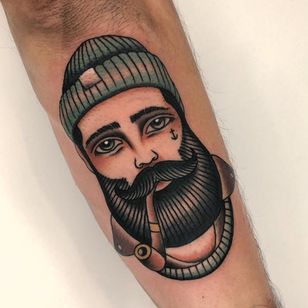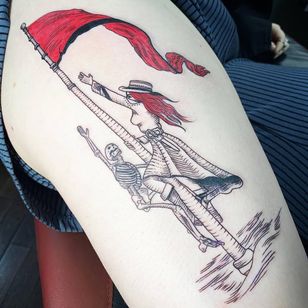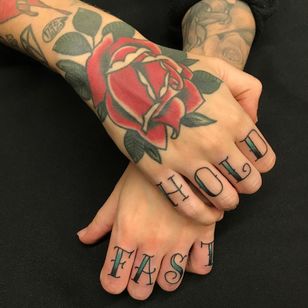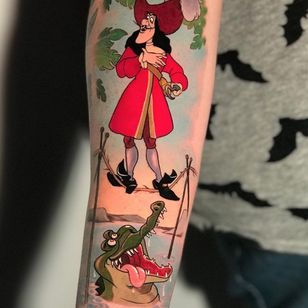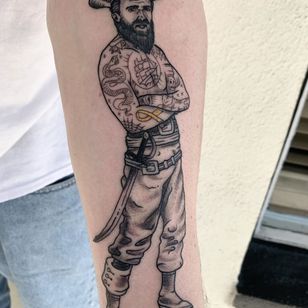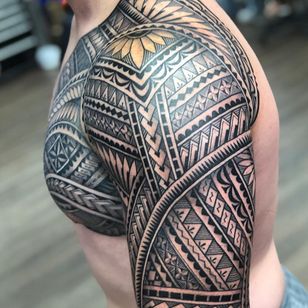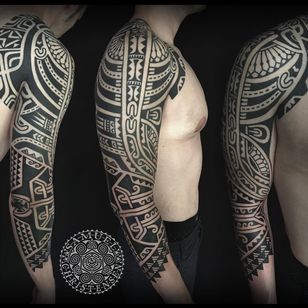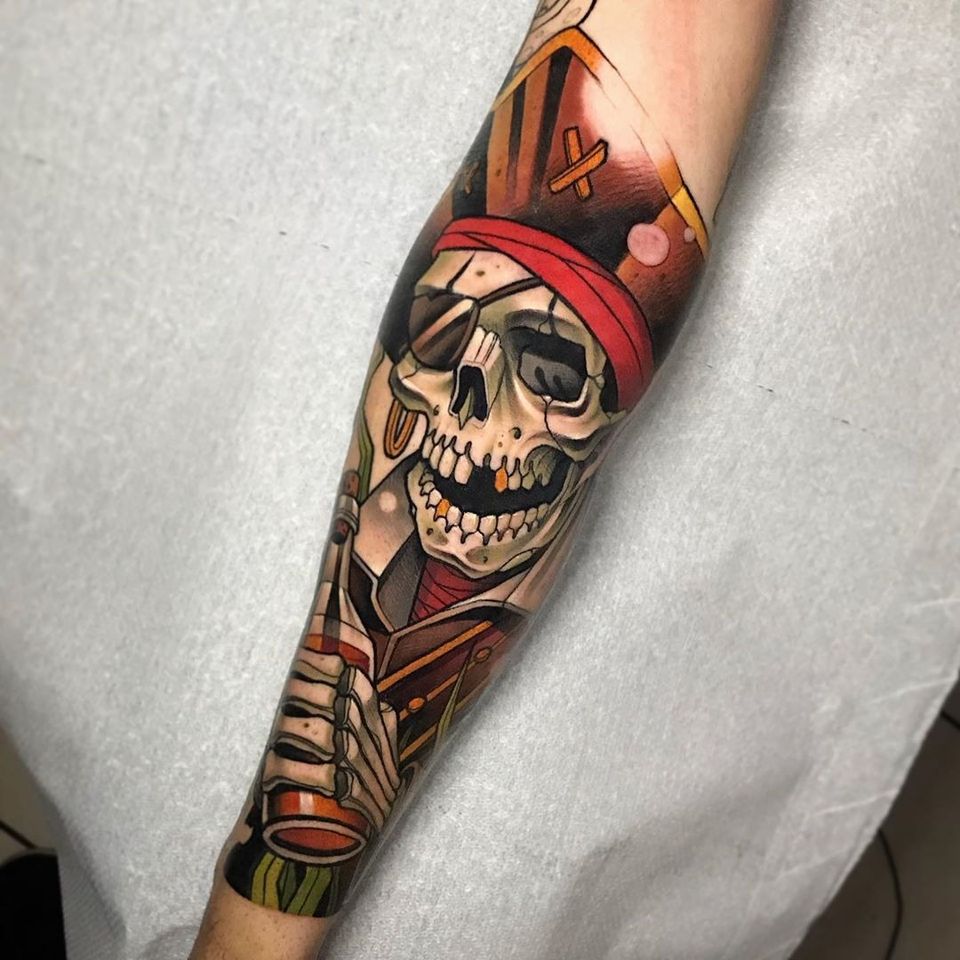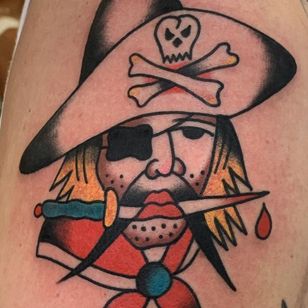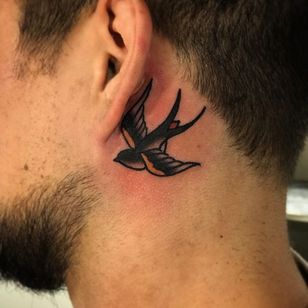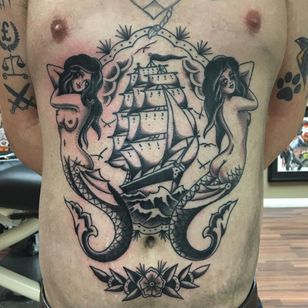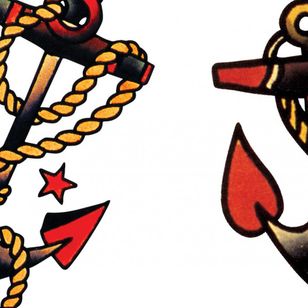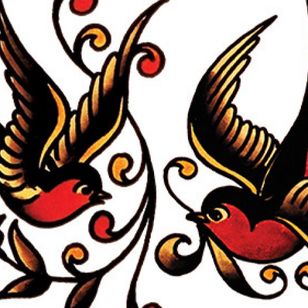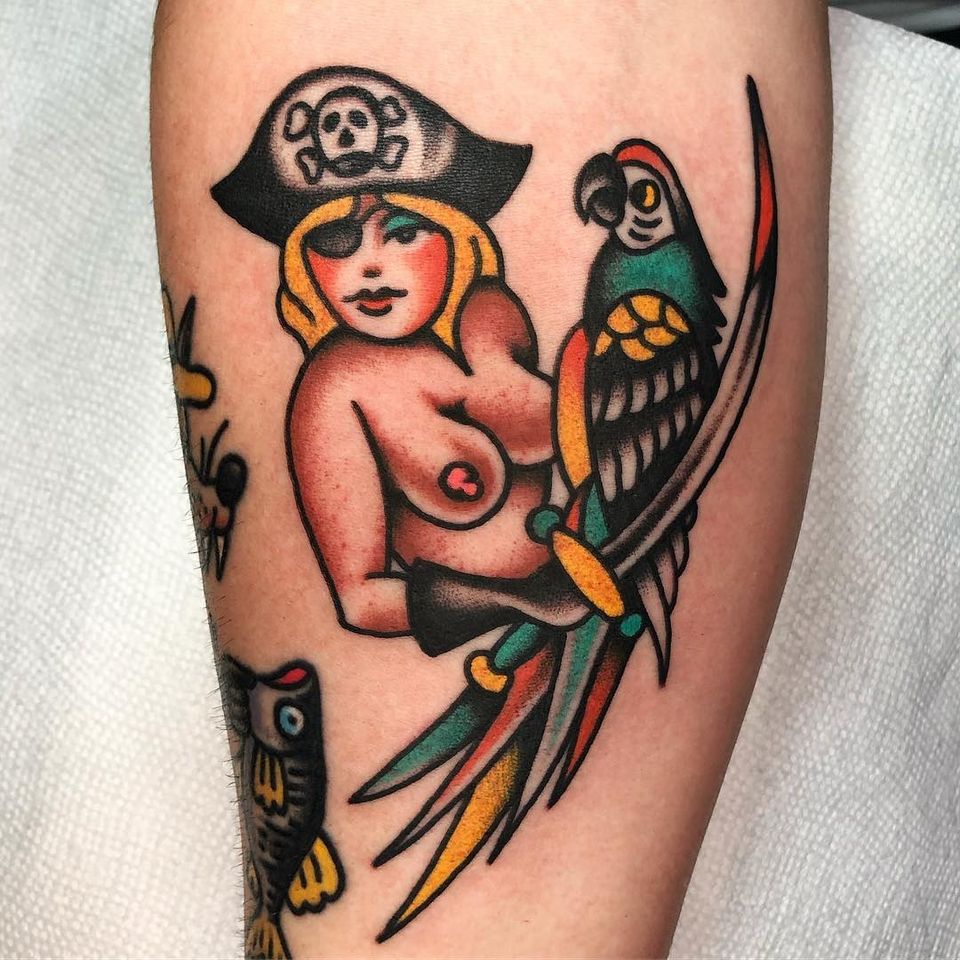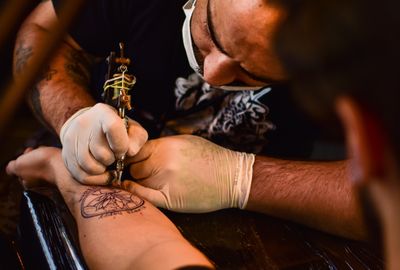Sailor Tattoos: Ink and the Open Sea
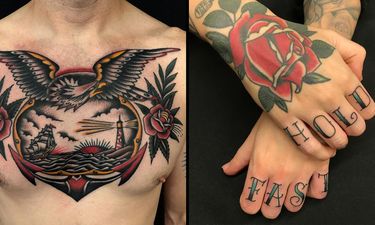
“A sailor without a tattoo is like a ship without grog; not seaworthy.” This article will look at sailor tattoos, both historical and fantastical.
There is much debate over the idea of pirates being tattooed or not, though we know sailor tattoos have been around for a very long time. Pirates in this case existing in the Golden Age of Piracy which was 1650-1725, though piracy existed before and after, and still exists today in a more modern form. Thanks to popular culture many people assume that pirates during this time period would have had tattoos due to their lives of crime and adventure. In the popular films Pirates of The Caribbean, Jack and other pirates do have tattoos and body modifications, as do a number of the pirates seen on the show Black Sails. Even cartoon pirates like those seen in Peter Pan are seen with classic sailor tattoos.
Captain Jack Sparrow has a ‘P’ branded on his arm, meaning that he is a pirate (subtle I know), as well as a tribal piece from his sailing travels, and a classic sailor tattoo of a sparrow on his arm, hence the name. On his back is also the poem the Desiderata, meaning that the world has both joys and troubles. This poem also speaks to Jack’s tendency towards non-violent methods of resolving problems (for a pirate anyway). Johnny Depp (the actor) also has many of his own tattoos, and they were not covered for his role as Jack Sparrow.
Jack Sparrow blackwork tattoo by Paolo Vitali #Paolo Vitali #sailortattoo #piratesofthecaribbean #swallowtattoo #jacksparrow #pirate #bird
Black Sails (as seen on Starz) features pirates such as the character Mr. Gates, who has the iconic sailor tattoo “Hold Fast” tattooed across his knuckles, as well as an all seeing eye in a pyramid on the back of his head, which nods towards the esoteric linkage of pirates to secret masonic groups such as the Knights Templar. These ideas were all researched by the actor playing Mr. Gates, Mark Ryan. Other tattooed or bodily marked characters from the show are Albinus (portrayed by Garth Collins), as well as Joshua (portrayed by Richard Lukunku) who features large scarification pieces that would have been done in Africa where his character is from. There are other minor characters from Africa who also have scarification.
In Disney’s 1953 Peter Pan, one of my favourite scenes shows a tattooed cartoon pirate, shirtless, after the Darling children are captured and held on Captain Hook’s ship. The pirate we see is covered in sailor tattoos, including a fully rigged ship, a pirate flag with the classic Jolly Roger (skull and crossbones), mermaids, a snake, and daggers. Definitely a great and fun way to introduce your kids to the world of tattoos!
Realistically it is unknown if pirates had tattoos or not. They were criminals who frequently visited places such as Africa and the Polynesian Islands, both of which had rich body modification taking place at this time, which makes it plausible. But even if they didn’t really have body art in real life, we can always enjoy their tattoos on both the small and large screens. Historically speaking, Captain James Cook and his crew brought sailor tattoos and tattoos in general to the forefront of European culture after their voyages to New Zealand and Polynesia in 1771. So we know sailors were getting tattooed as early as the 18th century.
We know that pirates also visited these and other islands before that, so it is plausible that they would have been tattooed on the islands, or at the very least seen tattoos being done, and copied them. If not tattooed, it’s highly likely some pirates would have had some marks on themselves in the form of brands and, or, scarification. Many pirates were either African , Irish, or other European slaves, and all groups were quite often marked cruelly by their captives as proof of their enslavement. Many people brought from Africa would have had art made by scarification which has been done for centuries. These designs made by pricking the skin so it protrudes outwards in magnificent patterns were created for social rankings, age, gender, and certain rituals throughout life. It is estimated that approximately 90% of pirate crews were made up of former slaves (these were men and women either freed from slavery who became pirates, escaped slaves, or freed by pirate raids and joined them). While it’s great to think that pirates liberated slaves (and some did), it’s important to note that most pirates treated slaves in the same way the majority of the rest of the world did. Most pirate captains weren’t interested in slave ships for the people on board, but for the ships themselves. Arguably the most famous pirate ship, the Queen Anne’s Revenge, Blackbeard’s most famous ship, was a slave ship that he attacked and took over.
Pirate skull tattoo by Eugenios Simopoulos #EugeniosSimopoulos #sailortattoo #piratetattoo #skulltattoo #color
The argument against pirates having tattoos is more one of plausible deniability on the part of pirates. Pirates would often be caught, and if one was to try to deny being a pirate, why would they have marked their bodies permanently showing that they were in fact a pirate, as tattoos were still seen as quite criminal at this time. As well as the fact that historical descriptions and paintings of real pirates such as Edward Teach (Blackbeard), Charles Vane, (Calico) Jack Rackham, Mary Read, Anne Bonny, William Kidd (Billy the kid), and other famous pirates were usually seen wearing clothing that covered their whole bodies (hiding potential tattoos). Though pirates may not have been the tattooed miscreants we often think of, some did have piercings through their ears and noses, though they would often be removed for battle so they would not be caught on a sword. Piercings were no doubt part of the look for some pirates, but also a superstition. It was believed that a golden ring would save one from drowning, as believe it or not, many sailors at this time couldn’t swim. Some also believed the golden rings could heal various illnesses.
While the pirates that we think of may or may not have had tattoos, sailors certainly have a long history of tattoos (such as James Cook’s crew). The famous tattooer Samuel O’Reilly is even quoted as saying “a sailor without a tattoo is like a ship without grog; not seaworthy.” Nautical tattoos have their own meanings and traditionally make the wearer part of a close-knit group. In fact, according to Eileen Finan, upwards of 90% of sailors had tattoos by the 19th century. Some of the most popular designs include the North Star (also known as a nautical star), making the wearer always find their way home. Ropes around the wrists represent a deck hand, as they would often be handing ropes, and one of the most famous designs ‘Hold Fast’ is also representing the men who work with ropes, specifically riggers. Another common design is a swallow. The swallow is given to sailors that have sailed over 5,000 nautical miles. An anchor meant the wearer had sailed the Atlantic Ocean, and a fully rigged ship signified sailing around the Cape Horn. Superstitious pieces were popular as well, such as having a rooster and a pig tattooed on your feet to keep you from drowning, since crates carrying these animals would usually float.
Anyone who’s really interested in tattooing should know who Norman Collins is, AKA ‘Sailor Jerry.’ Sailor Jerry has long been considered the godfather of American traditional tattooing. After leaving the navy, he moved to Honolulu in 1942 and opened his first shop. Sailor Jerry is very well-known for tattooing other sailors, and many of his most famous designs are nautical in theme. Some designs of his include sharks, which show what a person (specifically sailors) have overcome. A shellback turtle, to show a sailor has crossed the equator. Swallows, which, in addition to showing a sailor has made it 5,000 nautical miles, also signifies the idea of ‘return’, for two reasons; first, the migration pattern of birds, and second, the long held idea that a sailor who dies at sea will have their soul carried to heaven by birds. One of Sailor Jerry’s favourite designs was the clipper, which for him differed slightly from the idea of sailing around the Cape Horn. For Jerry, a ship represented both the call to adventure, and a determination to always be ’Homeward Bound.’ Sailor Jerry’s designs are still tattooed frequently today, and will continue to be tattooed for generations, especially for those wanting classic sailor tattoos.
Today, people continue to get sailor tattoos, even if they themselves have no association with sailing. For some, just the idea of being close to the ocean is reason enough to get these tattoos. So many people say they love being close to the ocean, and what can bring you closer to something than getting a tattoo to represent it? Others like the history of them, or perhaps have some connection through family members who have been in the navy or who were sailors of some kind. Whatever the reason, there’s no denying these amazing designs will forever be popular.
Pirate pin-up tattoo by Jason Ochoa #JasonOchoa #pirate #pinup #lady #parrot #sword #sailortattoo


